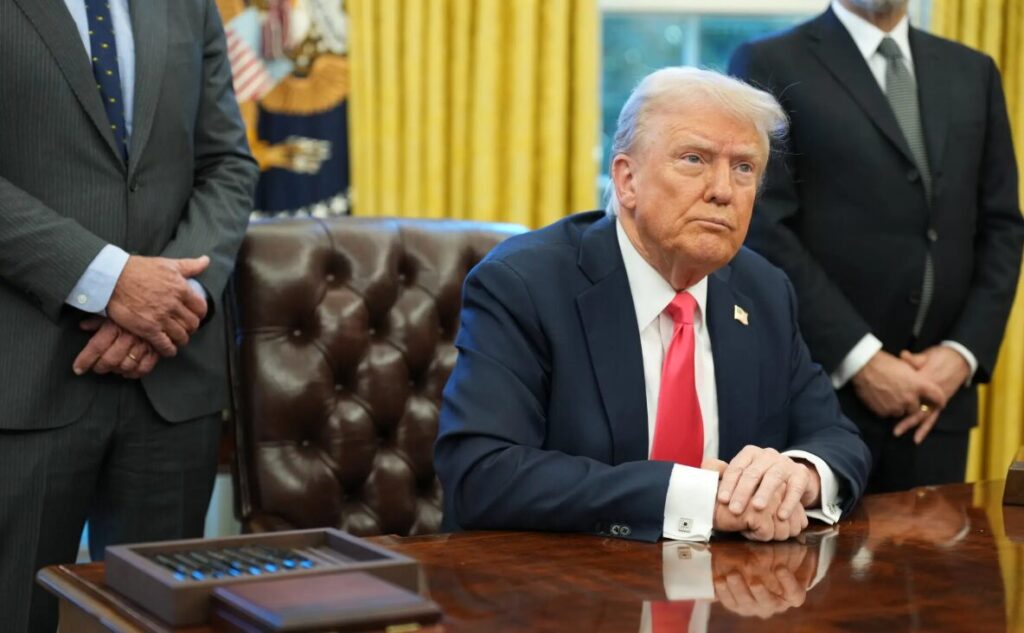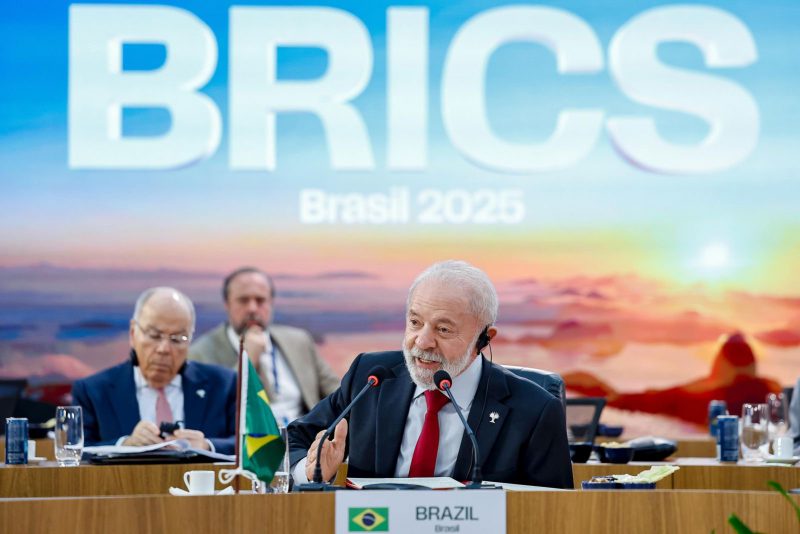The ongoing tensions between Lula and Trump regarding tariffs have erupted into a major diplomatic crisis right now, as Brazilian President Luiz Inácio Lula da Silva directly confronted Donald Trump’s economic threats against BRICS nations. The confrontation escalated when Trump announced plans to impose an additional 10% tariff on countries he considers “anti-American,” and also prompted Brazil’s leader to reject US economic dominance.
Also Read: BRICS Faces ‘America First’ Pressure With New Survival Strategy
Lula Defies US Trade Tensions Amid BRICS Tariff Threats On Nations


Trump’s Tariff Ultimatum Against BRICS
The latest BRICS tariff from Trump controversy erupted when the US president threatened that retaliatory tariffs against nations would face consequences if they align with BRICS policies. This announcement came after the bloc’s leaders condemned recent military actions against Iran and also expressed concerns about rising global trade tensions.
At the time of writing, Trump’s administration has been preparing to finalize dozens of trade deals with various countries. According to sources familiar with the matter, the administration won’t immediately impose the additional 10% tariff but will proceed if individual countries adopt policies deemed “anti-American.”
Trump wrote in a post:
“Any Country aligning themselves with the Anti-American policies of BRICS, will be charged an ADDITIONAL 10% Tariff. There will be no exceptions to this policy. Thank you for your attention to this matter!”
Brazil’s Leader Challenges US Authority
Speaking at the BRICS summit in Rio de Janeiro, Lula was defiant when addressing the tariff threats from Trump and Lula’s response was clear. The Brazilian president rejected Trump’s approach to international relations and also made his position known.
Lula told journalists:
“The world has changed. We don’t want an emperor.”
He also emphasized BRICS’ mission, stating:
“This is a set of countries that wants to find another way of organizing the world from the economic perspective. I think that’s why the BRICS are making people uncomfortable.”
The Brazilian leader repeated his position on global trade alternatives and said:
“The world needs to find a way that our trade relations don’t have to pass through the dollar. Obviously, we have to be responsible about doing that carefully. Our central banks have to discuss it with central banks from other countries. That’s something that happens gradually until it’s consolidated.”
BRICS Members Respond to US Pressure
With more than 50 countries now under BRICS influence, including 13 partner nations such as Algeria, Belarus, Bolivia, Cuba, Kazakhstan, Malaysia, Nigeria, Thailand, Turkey, Uganda, Vietnam and Uzbekistan, many are exploring alternatives to US dollar-denominated trade. Iran’s Supreme Leader Ayatollah Ali Khamenei recently stated that “one of our problems today is being dependent on the dollar” and emphasized that BRICS countries “must strive to eliminate the dollar in trade as much as possible.”
Other BRICS members also pushed back against Trump’s threats. South African President Cyril Ramaphosa told reporters that the group does not seek to compete with any other power and also expressed confidence in reaching a trade deal with the US.
Chinese foreign ministry spokesperson Mao Ning stated:
“Tariffs should not be used as a tool for coercion and pressuring.”
She added that BRICS advocates for “win-win cooperation” and “does not target any country.”
The ongoing US trade tensions have created significant uncertainty for nations heavily dependent on American trade. More than 40 nations have expressed interest in participating in BRICS, either as full members or partners, signaling growing concerns about US-led trade policies.
Also Read: 90% of Deals Paid in Local Currencies: Russia at BRICS 2025 Summit
The confrontation represents more than just a bilateral dispute between Lula and Trump over tariffs—it symbolizes the broader challenge to US economic hegemony as developing nations seek alternatives to dollar-denominated trade systems.





